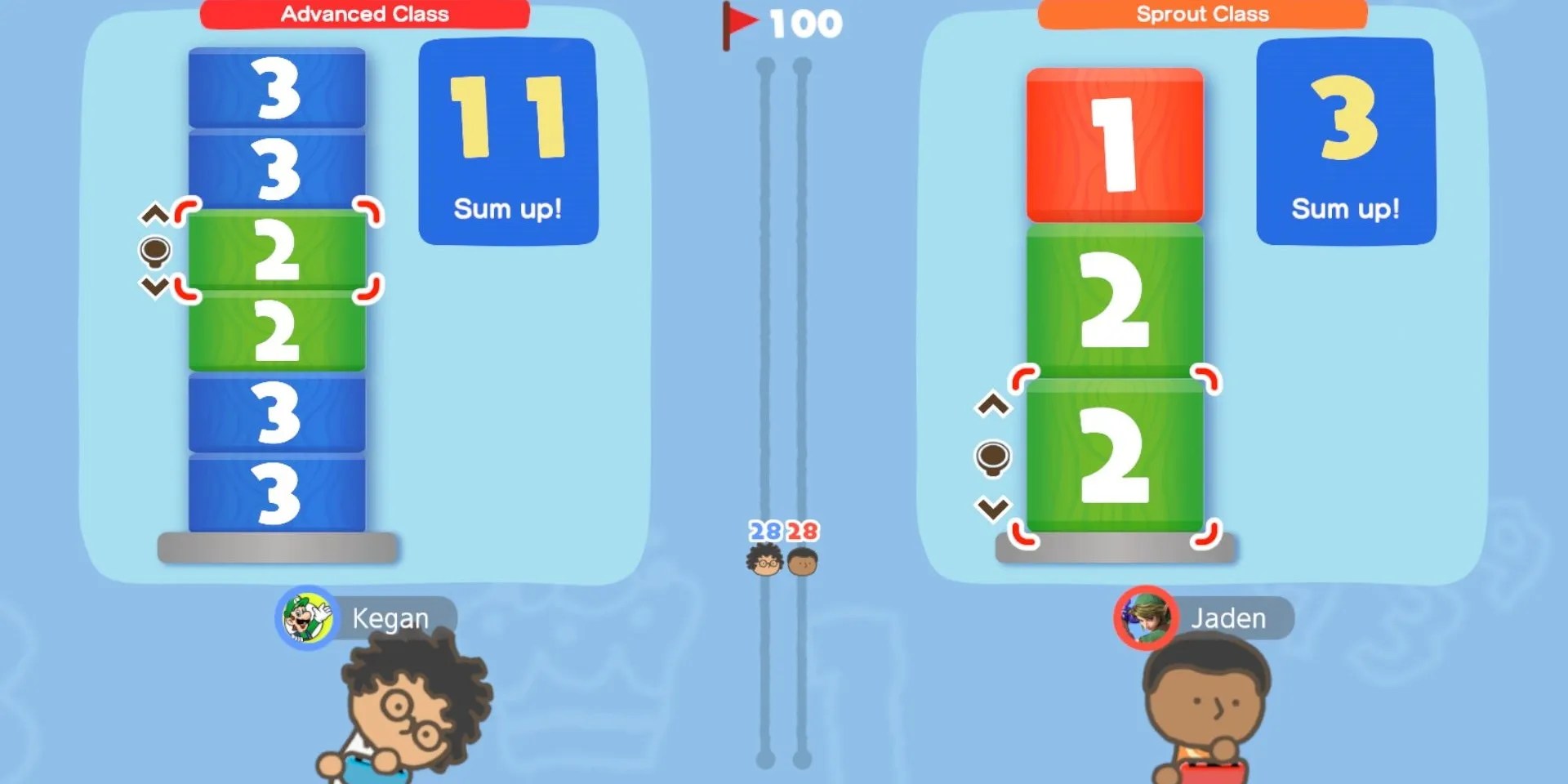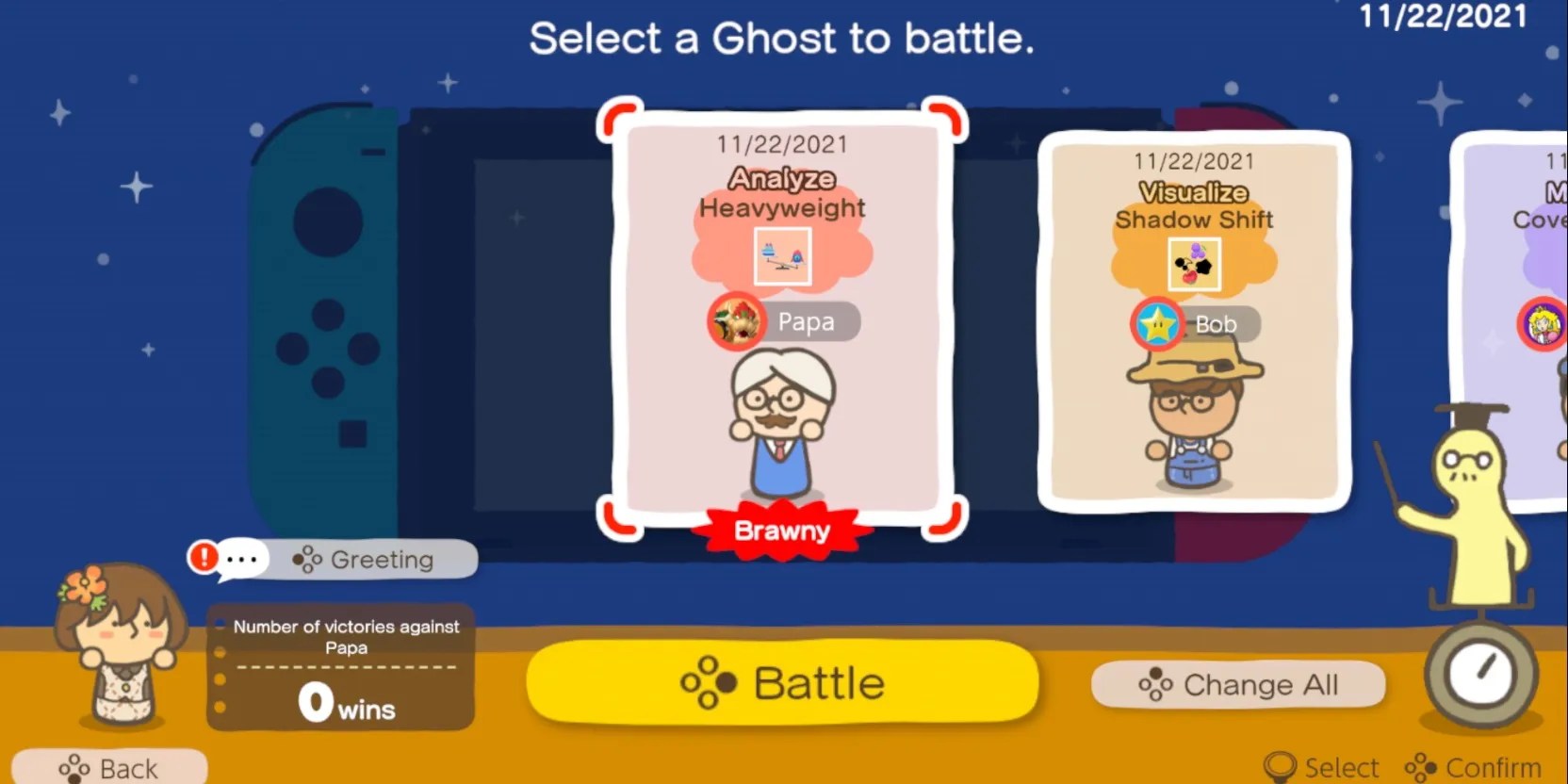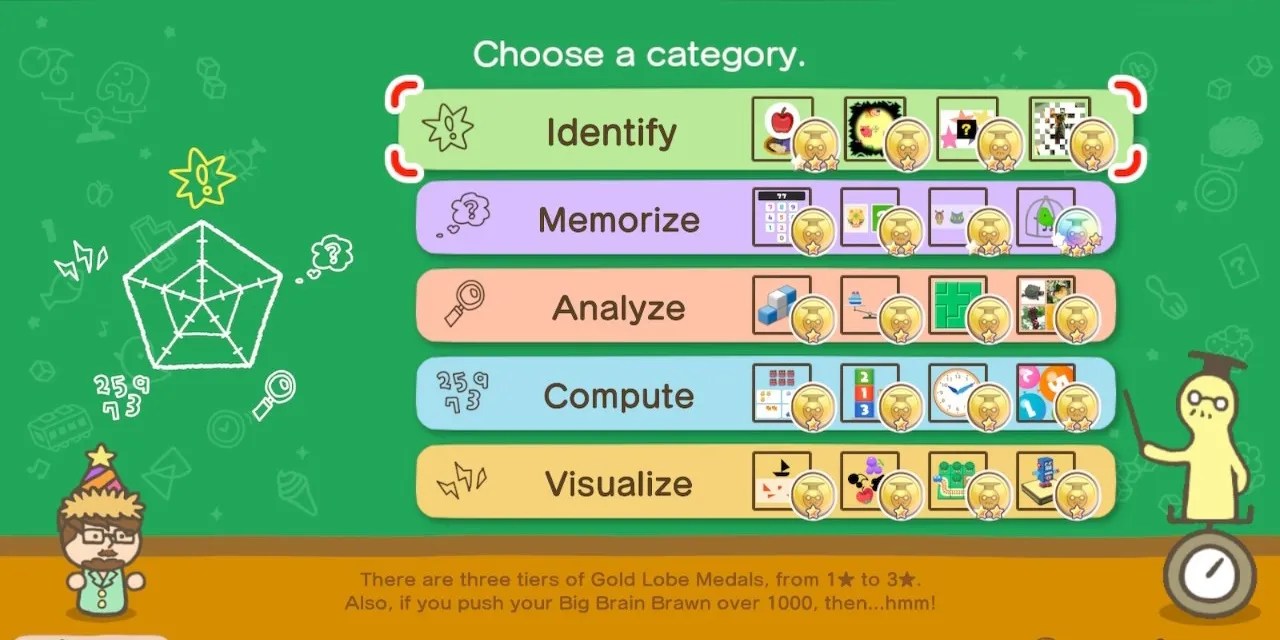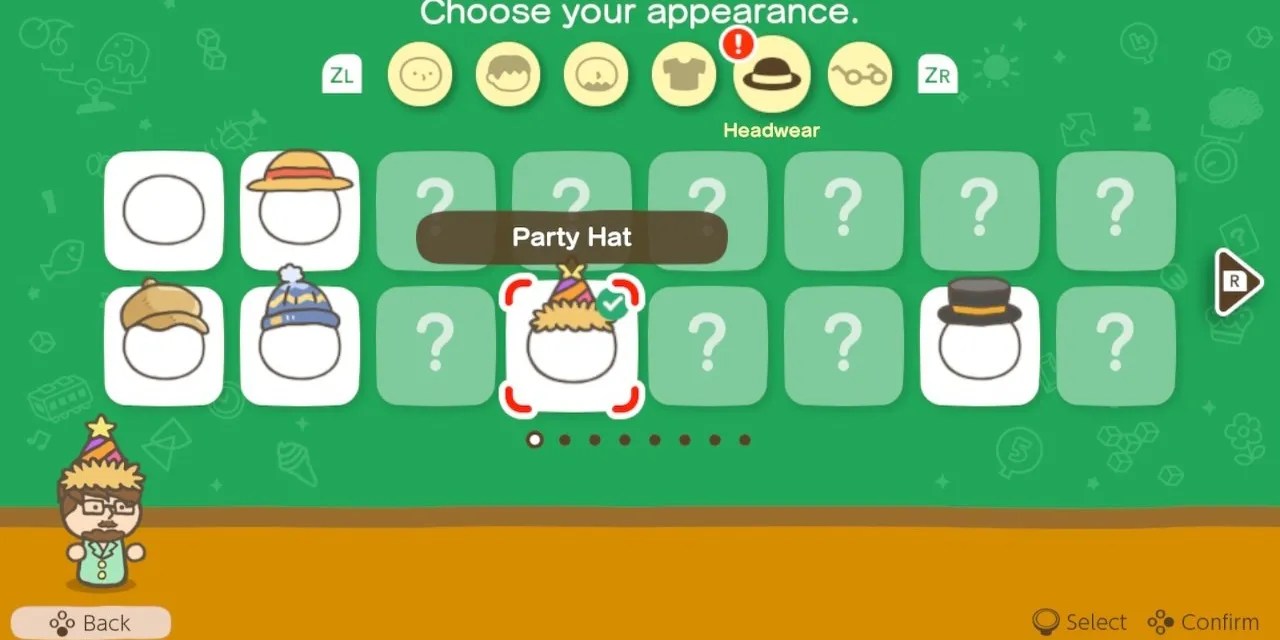Among Nintendo’s many forgotten franchises,Big Brain Academylast had a release during the Wii era anddidn’t seem popular enoughthat it would show up again. Lo and behold, Nintendo released a new iteration of the series on theNintendo SwitchcalledBig Brain Academy: Brain vs. Brain.
RELATED:Best Nintendo Switch Games That Don’t Require An Internet Connection
This version of the classic mind game is catered to people who enjoy playing party games with friends. While there is a single-player mode that allows someone to practice with the different mini-games and test their skills, the main event is the party mode that can be played up to four players. There’s a lot of things to love here, and some things that are hard to love.
9Love: Return Of The Favorites
Those who have played the other entries in theBig Brain Academyseries will recognize that most of the activities are spread across the five categories. Some of the classics include Reverse Retention, where players see a sequence of images and must repeat them in reverse order, and Train Turn, where players must create the correct path for an oncoming train.
They even retained a lot of their original look from the previous installments. Even though this is a good nostalgia kick for old fans, new fans should also be happy with the lineup. All of the activities inBig Brain Academy: Brain vs. Brainare simple in concept and provide a nice amount of challengeas the difficulty ramps up.

8Don’t Love: Lack Of New Games
While it’s great to return with the hits, one thing that is holdingBig Brain Academy: Brain vs. Brainback is the lack of new activities that have been added since the previous entry. Most of the mini-games are carbon copies of the ones from the DS and Wii version ofBig Brain Academy, which is a shame given how simple these activities seem to be.
It would’ve been nice to see a lot more new stuff added, with different ways to challenge the brain that experienced players haven’t already dealt with. If the game was going to keep the same concepts, it could have given them a unique twist to make up for not having more layers.

7Love: A Kid-Friendly Option
When certain companies release products that they call “family games,” that usually still requires the people playing to be of a certain age. But withBig Brain Academy: Brain vs. Brain, kids of a young age are more than welcome to take part in the activities. That is thanks to the game’s “Sprout Support.”
RELATED:Best Nintendo Switch Games For Young Kids (Across Multiple Genres)
With this, players who are rather young and want a less grueling challenge can select the “Sprout Class” option when diving into mini-games. This will put forth the challenges in their easiest form so that kids can potentially compete with the older individuals in the room.
6Don’t Love: No Online Battles
Nintendo has a history of not offeringonline servicesfor its multiplayer games, most notably withSuper Mario Party. So despite being a party game that can be played up to four players,Big Brain Academy: Brain vs. Braindoes not have online multiplayer that can have people playing on different devices in real-time.
What it does have is the Ghost Clash mode, where players can go up against their friend’s “ghost” in a specific activity. While this can be fun, there is an emptiness knowing that the person being battled against is not actually playing at the moment.

5Love: Fun With Friends Locally
Despite the inability to play with people around the world at the same time, the multiplayer mode inBig Brain Academy: Brain vs. Brainis a lot of fun for playerswho are in the same room together. Party mode is an expanded version of the practice section in Solo mode.
There are two options that players can take: One where they can just select which activities they want to play in or a battle that involves spinning a wheel to land on a random activity. Each player can play on their own difficulty as well, so the level of skill is equally balanced for everyone. Whoever gets the most points over the course of a set amount of rounds wins.

4Don’t Love: No Extra Modes In Multiplayer
The Party mode can be a lot of fun, but it also doesn’t have a lot of variety. This is a disappointment given the fact that previous installments ofBig Brain Academyhave had much more to choose from in terms of multiplayer. Specifically,Big Brain Academy: Wii Degreehad modes such as Mental Marathon, wherea team of people works togetherto get as many points as possible within the time limit.
RELATED:Multiplayer Games Best Played Solo
There was also Brain Quiz, which had players selecting activities to playJeopardy!style. Given thatBrain vs. Brainis a party game, the lack of more things to do is a real bummer and may make some players not want to continue with it.
3Love: A Rewarding Practice Mode
Getting practice with all the different activities can be rewarding enough when doing the test in Solo mode or competing against friends in Party mode. That said, it’s great that this game rewards players depending on how well they do in the practice mode.
With each mini-game, Dr. Lobe will reward the player with a medal depending on their performance. Getting gold on all the activities will result inan advanced practice modebeing unlocked. Getting over 1,000 points in a single practice will earn the player a platinum medal.

2Don’t Love: Not Mixing Activities During Individual Test Sessions
Along with the Practice mode, there is the test mode that gives players one activity from each of the five categories: Identify, Memorize, Analyze, Compute, and Visualize. After these five activities, the points for each are added up to give a brain score. The grade that Dr. Lobe gives depends on that score and it will be the player’s current rating until the next test they take.
These tests are a bit unbalanced as they only offer one activity per category instead of an assortmentlike the previous gameshad for tests. This means if players do really well on a specific Memorize activity during a test then do poorly on the next round that has a different Memorize activity, there is no consistency in the overall Memorize score. Giving players an assortment of activities can help them actually look at improving their scores in specific areas.

1Love: Customizing The Characters
The best feature in the game is the ability for players to customize their own characters. The Solo mode starts out with players creating their characters from scratch and even giving them a quote. But as they earn coins through both the practice and test modes, players can begin to unlock different outfits for these avatars to wear.
That includes different clothes, hats, and facial accessories. Every 10 coins earned will reward a random piece of an outfit, with over 200 different articles to earn. In Ghost Clash, every win earns the player a new quote they can use in the mode as well.

Big Brain Academy: Brain vs. Brainis available on the Nintendo Switch.

